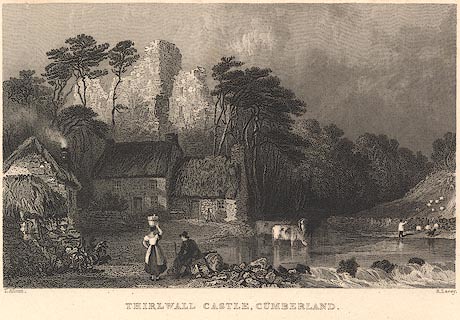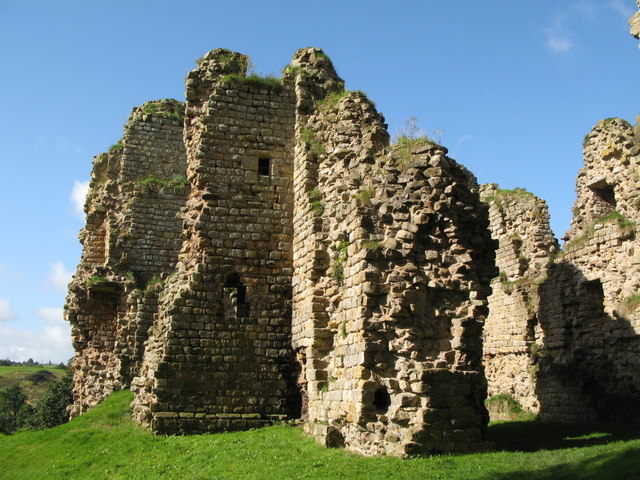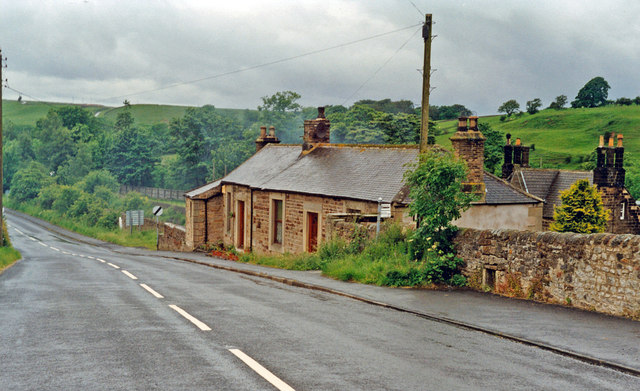Hadrian's Wall - Thirlwall Castle print

-
Description
The Castle is constructed of stones taken from Hadrian's Wall nearby, and accounts for the complete disappearance of the Roman wall in the immediate vicinity. Indeed, the name Thirlwall means "pierced wall" or "gap in the wall". The Castle was held by Roland de Thirlwall in 1415. In the early 17th century the Thirlwall family abandoned the site, but remained in ownership. At the beginning of the 18th century, the owner, William Thirlwall, was living in Hexham. When he died, around 1710, the castle passed to his principal creditor, John Shaftoe. Eleanora, William's daughter and sole heiress later took possession of the castle. In 1738 she married Matthew Swinburne, eldest son of Sir John Swinburne, third Baronet of Capheaton, and in 1748 they sold the castle to Sir Henry Howard, fourth Earl of Carlisle. In 1759 his son had the inside of Thirlwall cleared of debris, and discovered that the flooring consisted of three layers of flagstones with sand between them. Around 1813 a visitor commented that "the great part of it has of late been applied to building cottages". The east corner of the castle collapsed into the Tipalt Burn in 1831 -
Owner
Diego Sideburns -
Source
Flickr (Flickr) -
License
What does this mean? Attribution-NonCommercial-NoDerivs License
-
Further information
Link: https://www.flickr.com/photos/67168034@N00/8725174019/
Resource type: Image
Added by: Peter Smith
Last modified: 7 years, 1 month ago
Viewed: 536 times
Picture Taken: 2013-05-10T07:02:57 -
Co-Curate tags







